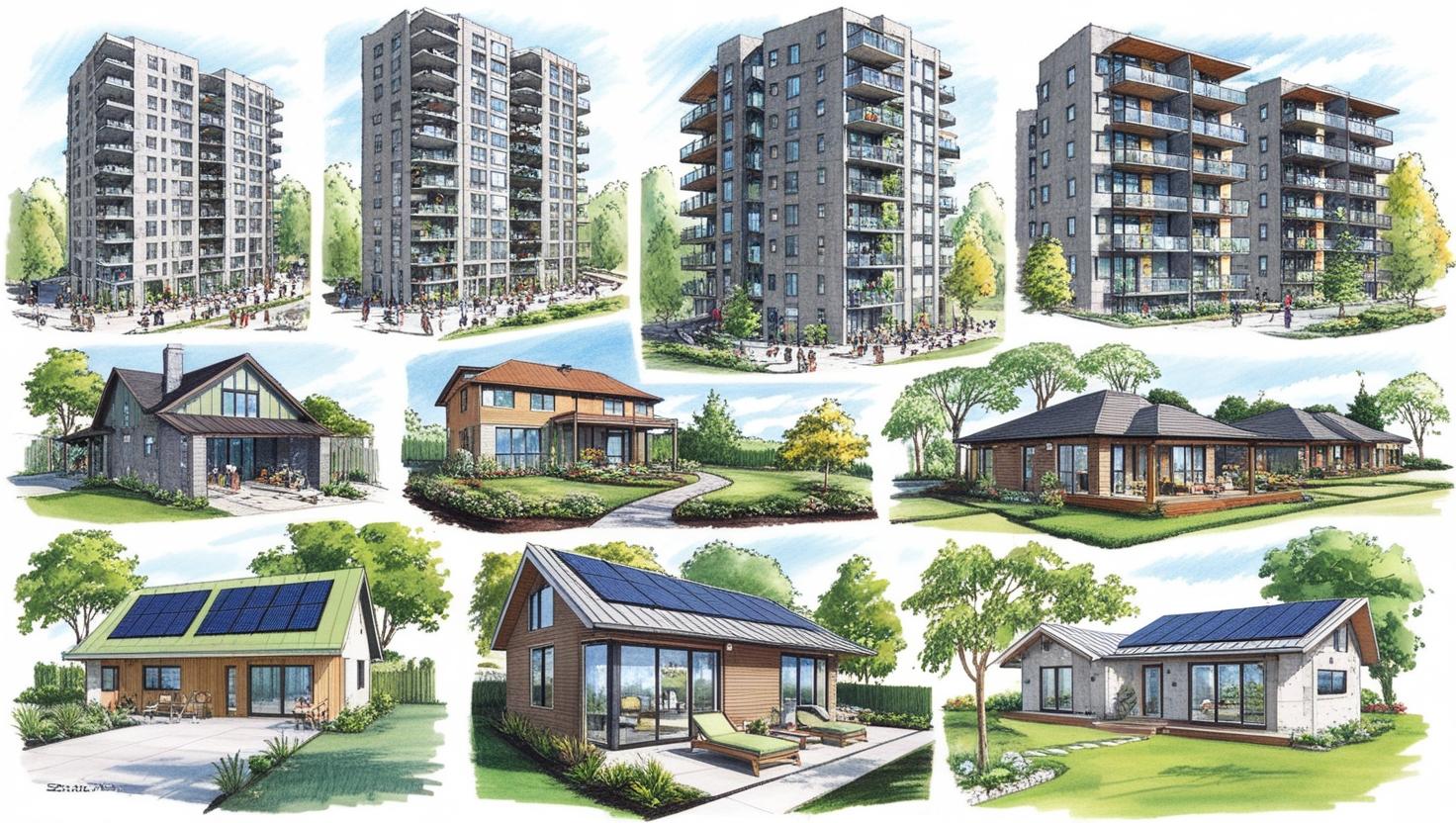Houses, Then and Now, and Housing Colonies For Grade 3
Houses are spaces in which we dwell, play and are safe with our families. Over time, houses have changed a lot! People long ago occupied small houses with which they went out to forage. Homes come in all sizes & shapes today, from big studio apartments to tiny cottages. There are busy city homes & quiet village homes.
In this lesson, we’ll explore how houses have changed over time, what housing colonies are, & why homes are important.
Houses Then and Now
Houses in the Past
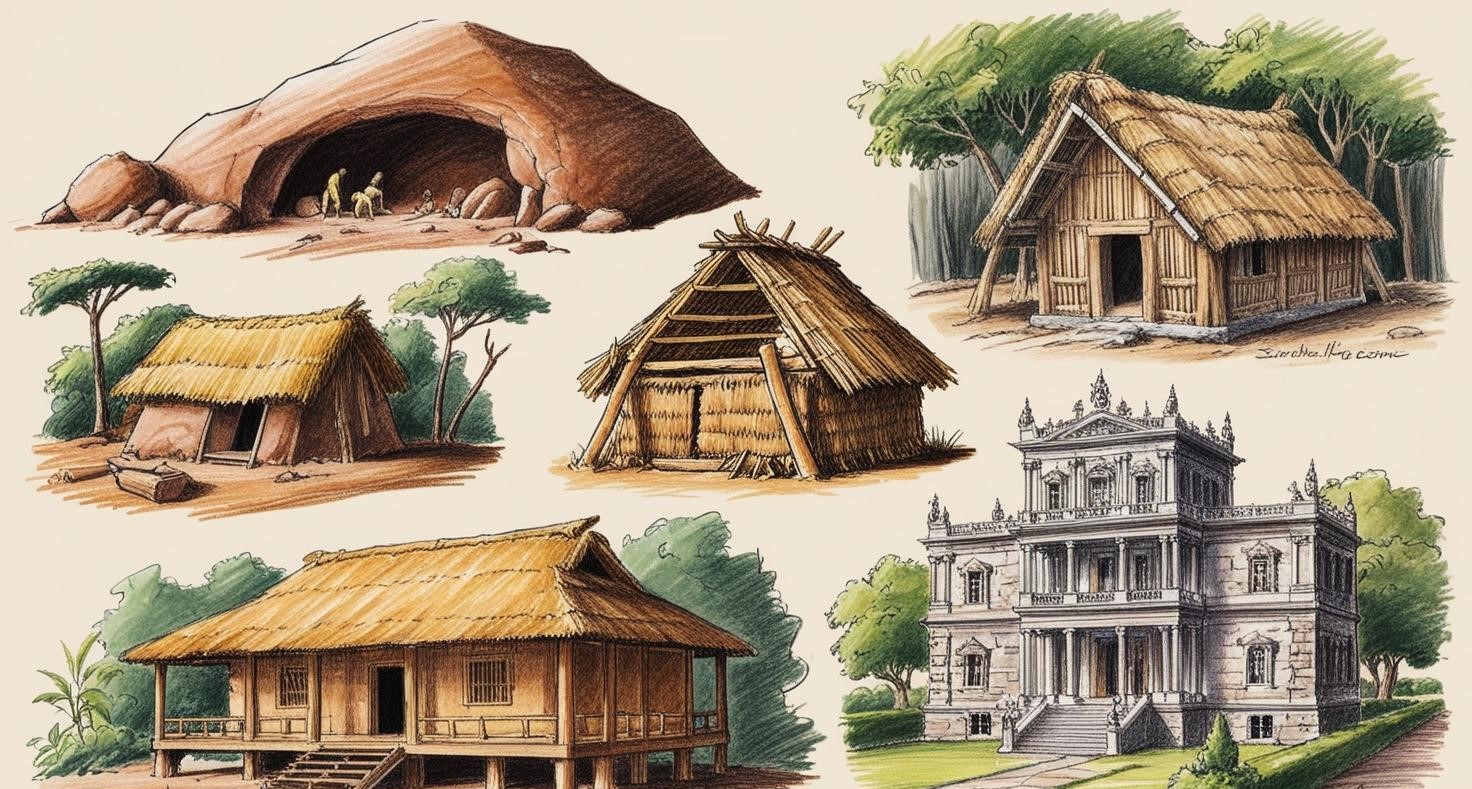
Early Shelters: A few hundred thousand years ago the human beings stayed inside caves or in their houses built with mud, dry rachis and stones. These structures offered them an imperfect protection from rain, windstorm, wild animals, etc.
Mud and Straw Houses: There are also examples in certain villages nowadays, which are evident, because the houses are made of mud, hay & bamboo. These materials provided cooling in the summer months & heating in the winter for housing.
Wooden Houses: In forested areas, people built houses using wood. Many were stilted structures built to withstand floods.
Stone Palaces: The rulers & their consorts inhabited lavish, heavy architecture richly decorated with carvings & also large flower gardens.
Concrete Buildings: Walls are currently constructed of hard, extremely ductile concrete, brick, and steel.
Skyscrapers: Living in high rise buildings (referred to as skyscrapers) with a large number of families and/or units.
Bungalows and Villas: These are standalone residential units, with large rooms & private gardens that are often found in suburban or rural environments.
Eco-Friendly Homes: Individuals are creating solar & green construction material-based homes independently as an ecological protest against pollution.
Housing Colonies
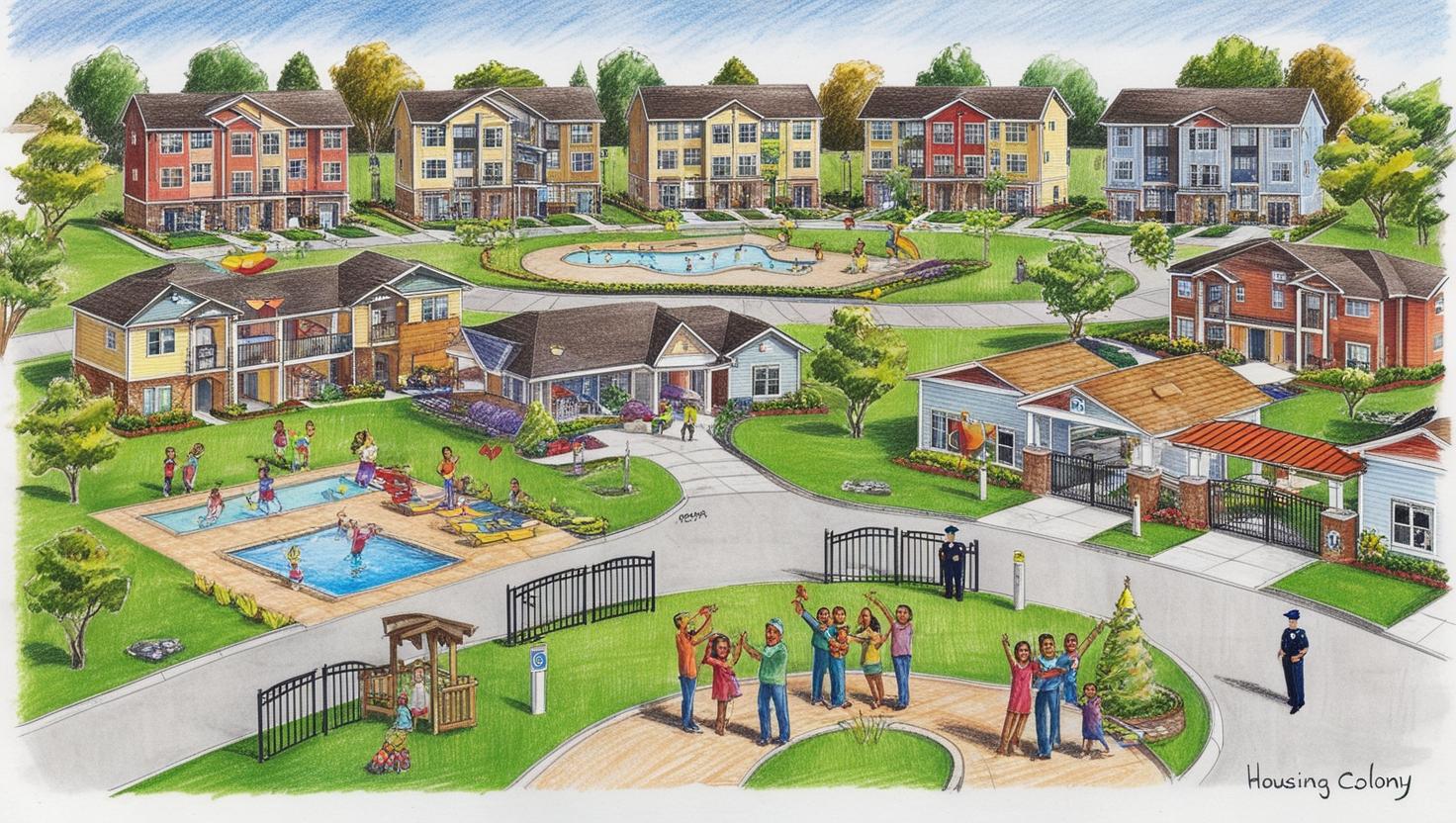
A housing colony is a group of apartments or houses, clustered around a common area. They are proposed community sets/clusters with common facilities (e.g., parks, play spaces, supermarkets).
Features of Housing Colonies
Shared Amenities: A swimming pool, gym, community hall, etc., in housing colonies, for instance.
Green Spaces: Roundabouts are often equipped with landscaping, trees & recreational areas so the community can play around these designs.
Safety: Security guards, gates and everything is available in housing colonies for residents safety
Community Living: Setting families in a common living arrangement arrangement allows them to flex this capacity for celebrating religious or traditional holiday & festivities in a shared experience, i.e.
Real-Life Examples
A Mud House in a Village
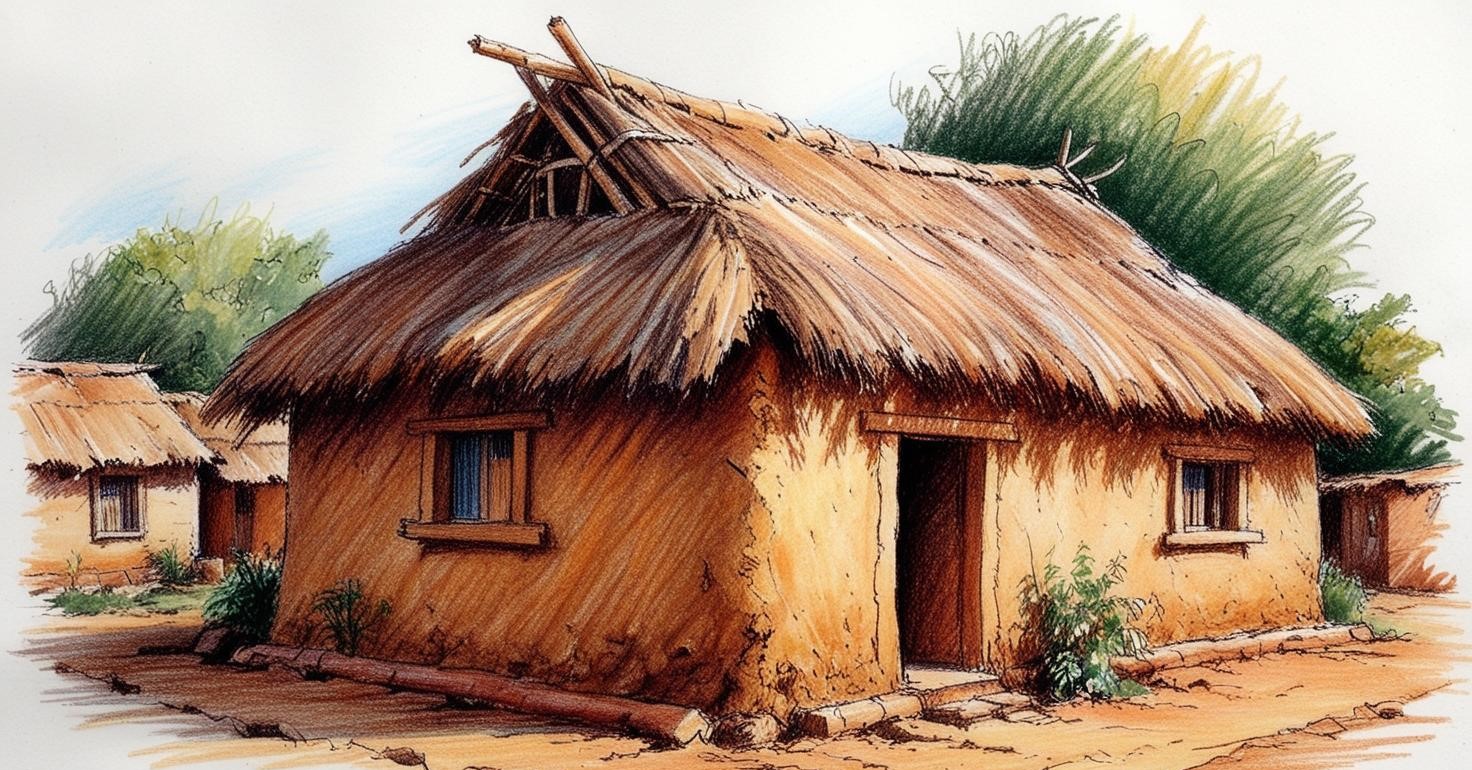
In the urban centre, they use clay & thatch housing. With a cool house, the family celebrates the season with bold pattern decor.
An Apartment in a City
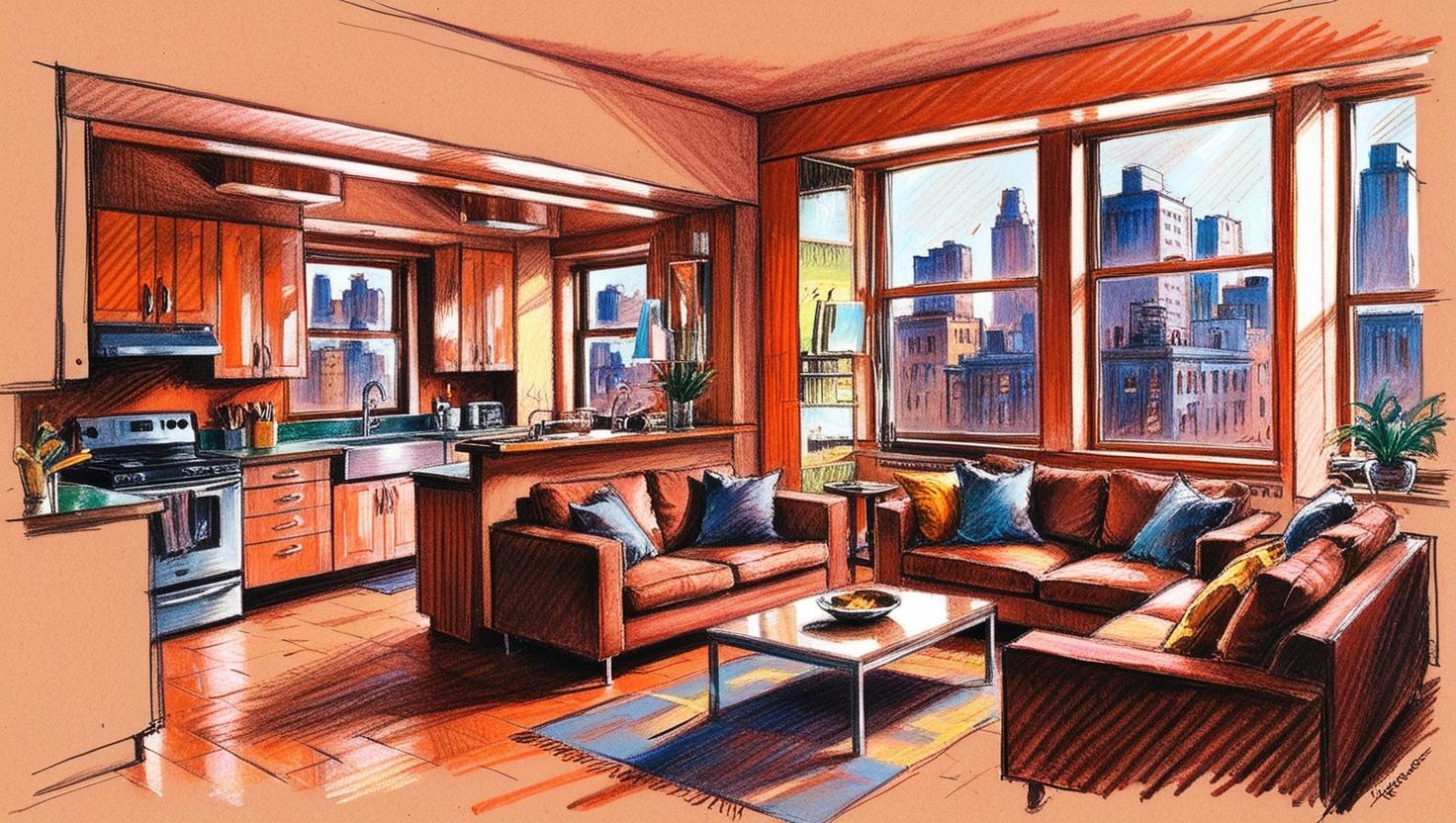
Aman is in high building 10th floor of urban city. (The apartment has an elevator, & he can play on the compound’s playground with the other children.)
A Wooden House in the Mountains
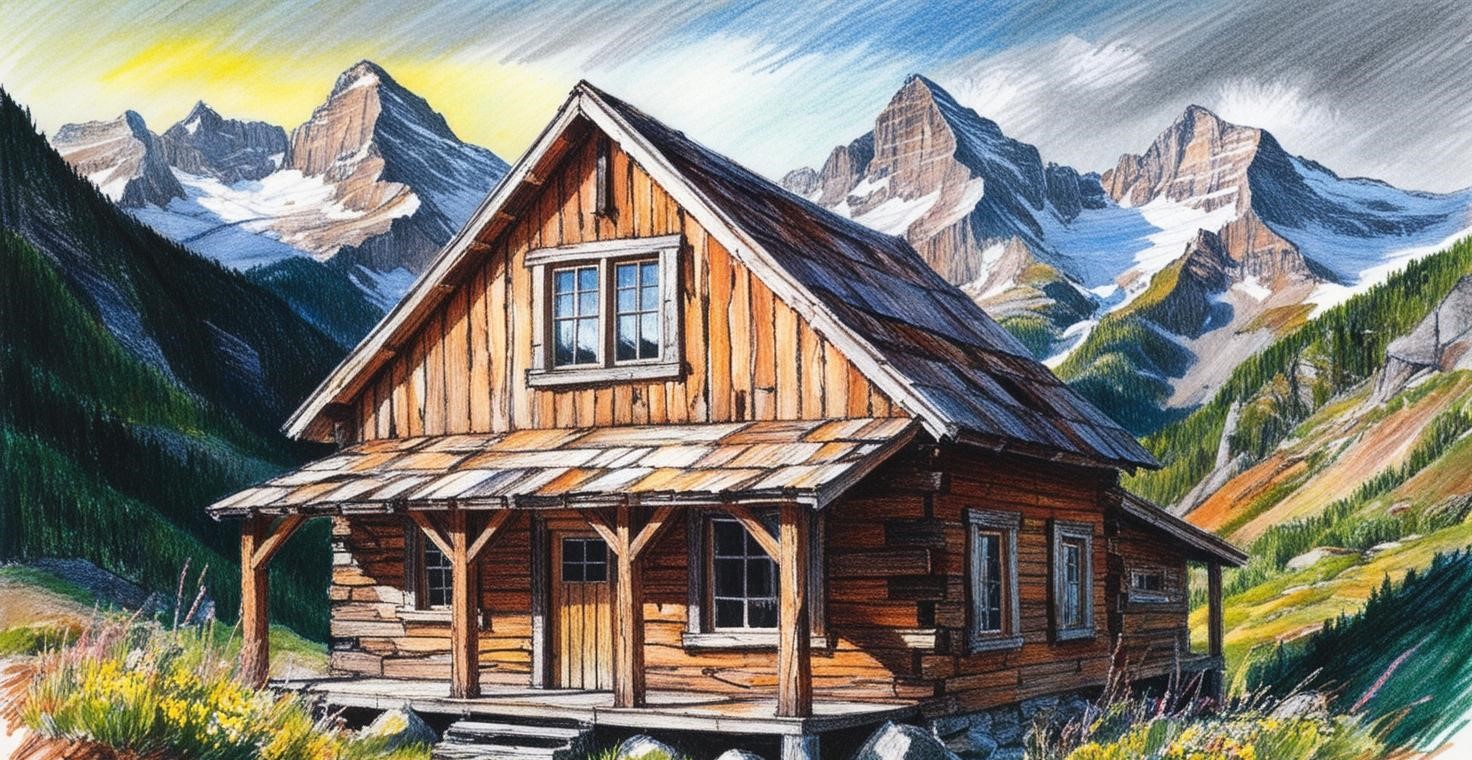
Tashi’s family houses in wooden house – mountain life. Welcoming even when snow drapes the land. It has a fireplace & they curl together on the coldest winter nights.
A Modern Housing Colony
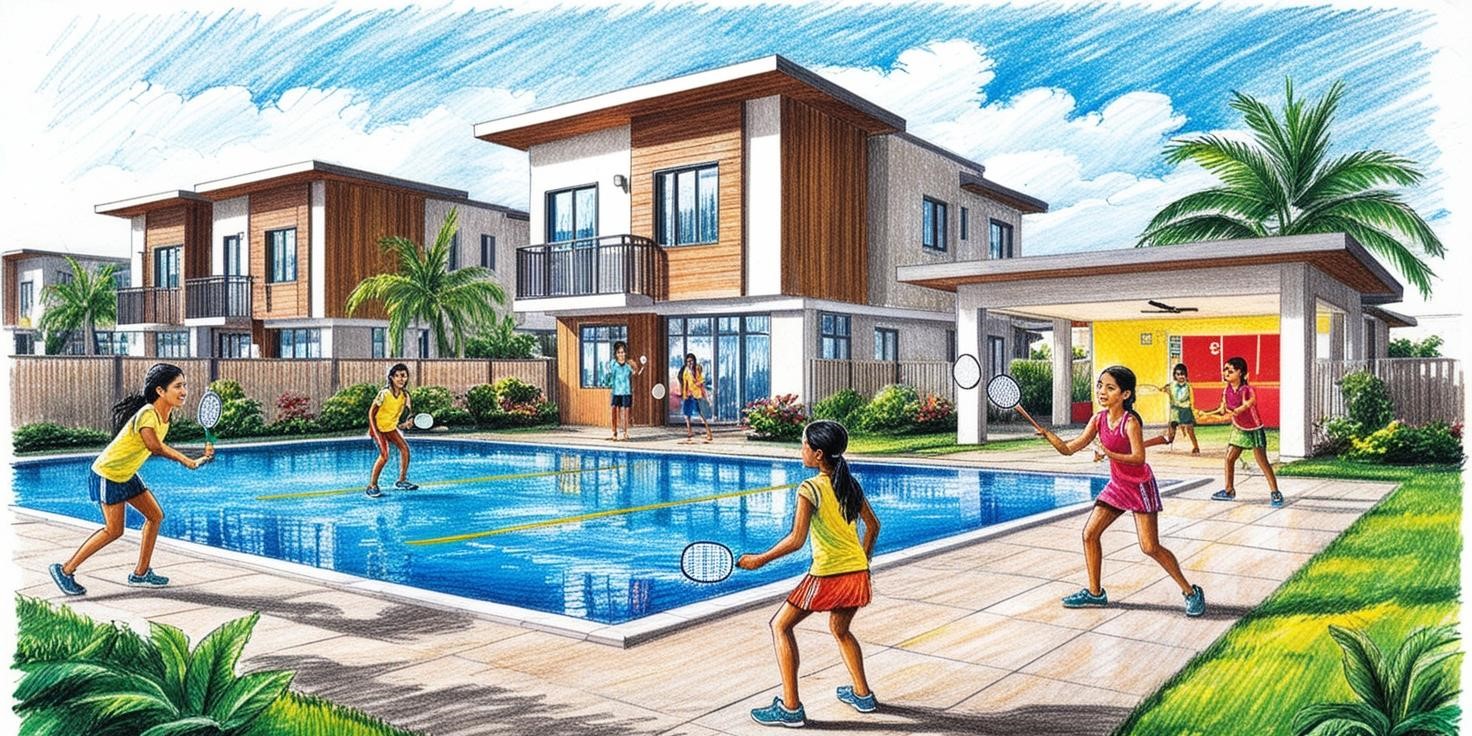
Maya's family has a housing colony and there is a pool and community hall, etc. She likes to play badminton with her friends in the colony sports block.
Fun Facts
-
The tallest building in the world is the Burj Khalifa in Dubai with 163 floors!
-
There and still are houses constructed and occupied by ice balls (igloo) in the coldest part of the planet.
-
Two thousand years ago the Romans built the first ever apartment buildings!
-
Moreover, houses are erected upon the floating platform to protect against floods.
-
Treehouses are fun to play in & fun to live in for kids.
Importance of Houses
Safety: These buildings serve as shelters from the rain, wind, heat and cold.
Comfort: They offer a cozy setting for sleeping, eating and relaxing.
Family Bonding: It is from the life within the the homes where the family life is centered around that the family comes together to celebrate milestones of the events in the family life and a time to remember or tell the stories of the life & times they all lived.
Identity: The home a post-mortem microscopic portrait of the people living in the home, their culture, traditions, creativity.
How Houses Are Built
Choosing a Spot: Builders select a secure, convenient location.
Designing: At this stage, architects create blueprints for the size & shape of the house.
Gathering Materials: For example, cement, bricks, & steel are moved to the construction site.
Construction: Is done gradually with labor, i.e. from the ground.
Finishing Touches: Paper is placed on the walls, doors, windows & accessories are applied.
How Houses Reflect Culture
Cab (and also) is a means of transport from which people in that territory can fulfil their cultural expression. For example:
Traditional Indian Homes: Forest, garden, courtyard & decorated floor with rangoli designs are all found during festivals.
Japanese Homes: Often have sliding doors & tatami mats for sitting.
African Homes: Circular thatch huts, cool design and/or construction roofs, etc.
Activities
Draw Your Dream House: Have the children play and dream of a house as it appears in the daydream photo of a house with a garden, swimming pool, and/or treehouse, or something similar that appears in the photo.
House Matching Game: Group images of historical houses, trendy apartments and houses made of wood and reproduce them with a short description.
Build a Model: Sketch a model of a house or housing village in clay, cardboard or waste material.
Visit a Housing Colony: Let's explore a nearby residential colony and document its facilities (e.g., parks and open spaces, common areas and community hubs).
Conclusion
Homes are not only walls and ceilings but home of the family, where love, life enjoyment and life experience are shared. From humble earthen houses of yore through towering glass and steel skyscrapers, every home in between. Additionally, housing colonies provide a sense of belonging/comfort/community not only by physically locating it with the family members by locating them into common spaces, but also by locating them near one another in close proximity.
When becoming aware of the history of what houses are and where in our lives they belong, we come to value what we have and the importance of what we have, our homes. That said, "well, all right, let us not neglect our own abodes & let us make the most of all the time that ours is at our disposal within the walls of the house!
FAQs
How were the houses in the past different from those nowadays?
The houses of the past will be far less grand than those of the present, constructed of wood or mud, & some were made of grasses and stones from the rock of the earth. Conversely, houses being built now are constructed of materials like concrete, steel, and glass, among other advanced materials.
How have houses changed over time?
Old-time caves and shelters have now evolved into fully fledged homes with electricity, advanced technology, & eco-friendly designs.
What is the difference in housing between the early humans and modern humans?
The primitive man lived in caves and temporary huts, while the advanced man lived in housing with facilities that were permanent & made with different kinds of modern architectural designs.
How will houses and homes be different in the future?
In the future, houses will have smart applications and renewable energy systems & be designed to adapt to environmental changes like climate-controlled designs.
CBSE Schools In Popular Cities
- CBSE Schools in Bangalore
- CBSE Schools in Mumbai
- CBSE Schools in Pune
- CBSE Schools in Hyderabad
- CBSE Schools in Chennai
- CBSE Schools in Gurgaon
- CBSE Schools in Kolkata
- CBSE Schools in Indore
- CBSE Schools in Sonipat
- CBSE Schools in Delhi
- CBSE Schools in Rohtak
- CBSE Schools in Bhopal
- CBSE Schools in Aurangabad
- CBSE Schools in Jabalpur
- CBSE Schools in Jaipur
- CBSE Schools in Jodhpur
- CBSE Schools in Nagpur
- CBSE Schools in Ahmednagar
- CBSE School In Tumkur

